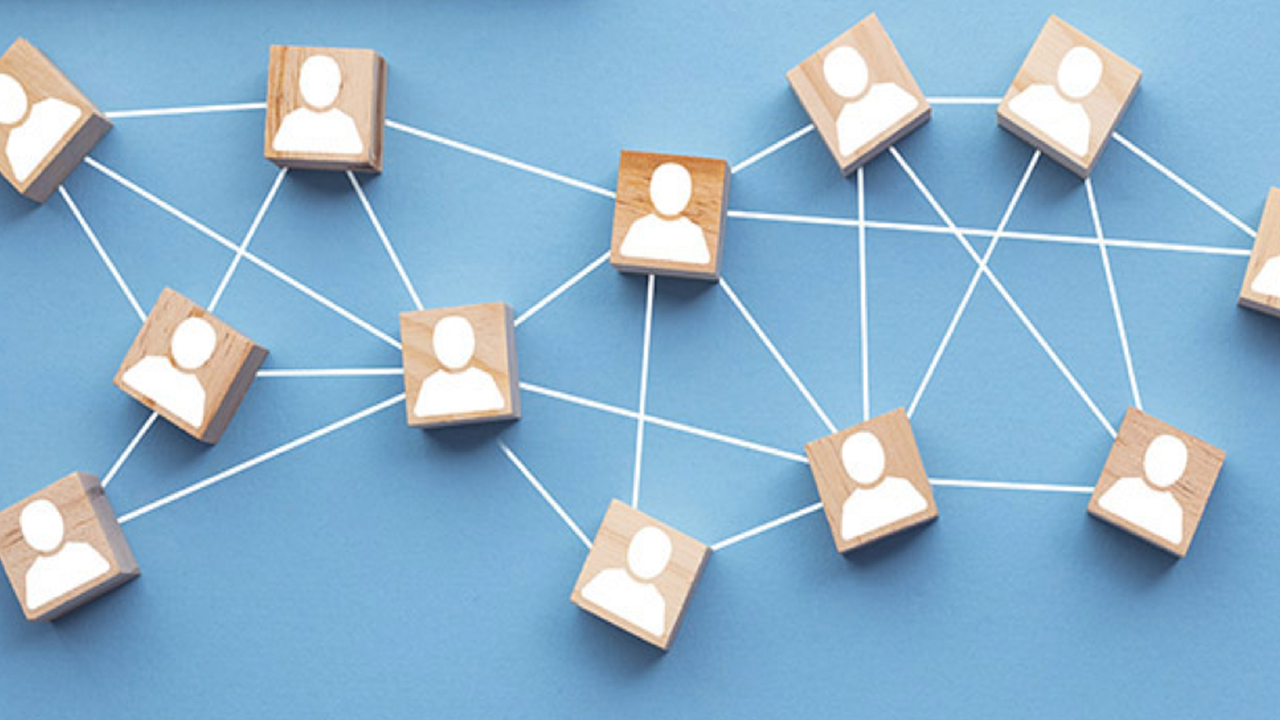
I’m inspired by the people around me that are using their CliftonStrengths to pull their remote teams together and do great work. I want to share a few examples in the hope that they inspire you and your team.
Challenge 1: Isolation
My CliftonStrengths Top5 are Learner, Achiever, Command, Ideation, and Self-Assurance. As we switched to 100% remote work, I watched in awe as one my colleagues used her Includer, Empathy, and Individualization to bring us closer as a team and to pull in every team member. She started holding periodic check-ins where we get to know about each other and don’t talk shop. It also appears effortless the way she runs our staff meetings with a smile and always has something positive to say about each person’s contributions -- making everyone feel needed and appreciated.
Who are your teammates with talent themes grouped in the Relationship Building Strength Domain? How will they use their Strengths to unify your team and reduce the isolation associated with working on a remote team?
Challenge 2: Process Changes
When we switched to 100% remote work, many of our face-to-face processes for building new continuing education programs were inefficient in an online environment. We had to reinvent the way we developed programs and do it quickly. Instead of looking at people’s functional titles or their previous responsibilities, we rolled out a new online learning program in less than ten days using the Strengths of each team member.
Teammates with Strengths in Strategic Thinking domain - such as Ideation, Strategic, and Futuristic -- helped envision how the new program would appear. Teammates with Strengths in the Executing domain -- such as Achiever, Responsibility, Restorative, and Arranger -- divided the project into manageable tasks and kept the project on schedule. Teammates with Strengths in the Influencing and Relationship Building domains -- such as Command, Woo, Significance, Relator, Harmony, and Adaptability -- reconnected us with our audience through marketing and were the glue that kept the team together.
What processes does your team need to change? How will you use your teammates’ Strengths?
Challenge 3: Communication
We encountered numerous challenges as we rapidly increased our use of video conferencing and other technologies. We depended on teammates with Strengths in the Strategic Thinking domain, such as Learner, Input, Analytical, and Intellection, to research and find communication alternatives to meet our needs. They also helped us configure settings for the safety and convenience of our community. Teammates with Strengths in the Relationship Building and Influencing domains, such as Communication, Connectedness, Relator, and Harmony, helped us develop and implement the new communication channels, so we all felt better connected.
All Strengths are Valuable
Most of us regularly draw upon our top six to nine Strengths. So just because a Talent Theme is not in your Top 5, does not mean you can’t/don’t regularly draw on it. We also emulate secondary Strengths with two or more of our Top 5. I am frequently involved in professional sales, but Woo (winning others over) is at the bottom of the CliftonStrengths 34 for me. I regularly emulate Woo with the combination of Learner, Command, and Self-Assurance when networking.
Learn your teammates’ Strengths and put them in positions to use them. Do this, and you’ll take your team to the next level.